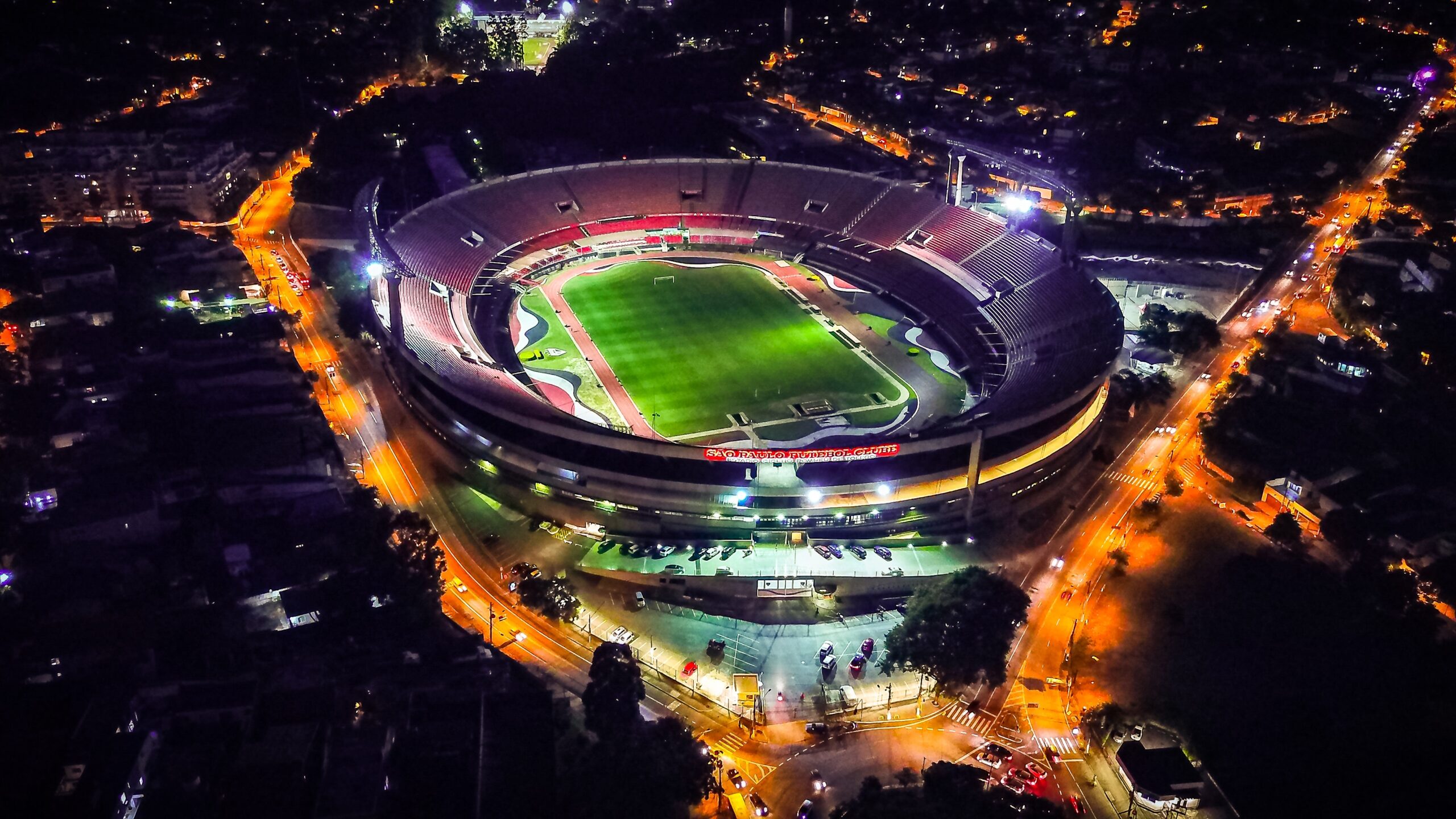When you look at pro sport globally, and its relationship with advertising, it’s very difficult to imagine that there are many easy gains left to be made.
You need only look at the Super Bowl to realise that if you cram much more into a stadium, then stuff is going to pour over the edge of the stands and crush some poor unsuspecting fans below. Everything that can be branded in a stadium has, and so too with the athletes themselves. Anything that hasn’t been branded on an athlete at this stage would probably need to feature on Only Fans.
The logical, and arguably more strategic option isn’t for advertising to continually add more branding and content, but to make the actual viewing experience of the sport better in the stadium.
Most pro sports over the past 20 years have developed drastically and especially with regards to ‘micro moments’. ‘Micro moments’ isn’t a universally acknowledged term, it’s a phrase made up by the idiot writing this. But it refers to those moments in sport that you can’t really see when you’re in the stadium – the moments where you either need to be two feet away from the actual incident or that require playback via a large screen.
How many times have you sat in a stadium at a sports event and said to your mate “WTF happened then?”
In rugby, the breakdown has become a game within a game, yet in the stadium the infringements are almost impossible to see from up in the stands. Similarly in football, where VAR has made those moments a game within a game. The most extreme example being cricket, which is essentially an entire game of micro moments; most of which are barely visible at all from the stands. And that’s where the tablet/second device comes into the equation – you look at the field/pitch for the big moments and the tablet/second device for the micro moments.
Every seat in a stadium should come with a tablet/second viewing device. Where the device primarily shows the micro moments that can’t truly be appreciated from a distance.
It’s no different to watching Love Island on the TV and tweeting about Love Island at the same time. The benefits are endless.
Brands could of course pay for the tablets in the stadium and become associated with the improved viewing (it’s an open goal for someone like Vision Express) or merely pay to advertise on the tablets.
The advertising opportunities for second device viewing are limitless, as is the possibility for engagement and data capture (as a creative, that is the first time I have ever used the word data capture 
Anyway, these are just the ramblings of a creative with a spare hour, but they’re worth thinking about none the less…

